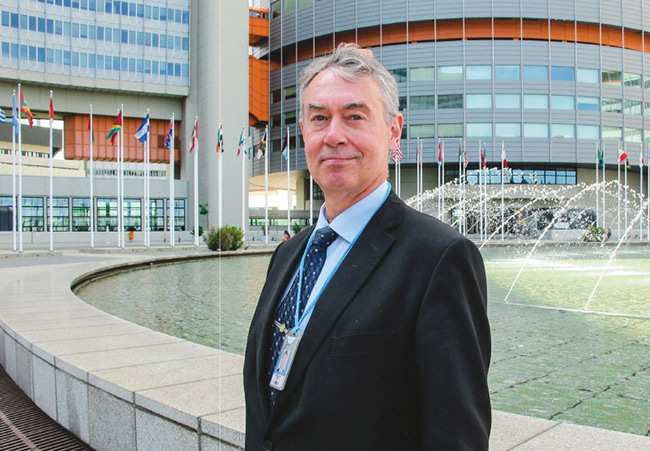Pekka Pyy from IAEA: Operational safety allows long plant service life
2.8.2017
According to IAEA, the International Atomic Energy Agency within the United Nations system, almost every fifth operating nuclear power plant in the world is at least 40 years old, i.e., is continuing its operation beyond the originally planned service life. Mr. Pekka Pyy, Senior Expert at IAEA, says that the management of the plant organisation as well as leadership skills are factors contributing ever more to the lengthening of the service life, in addition to technical solutions.

What are the possibilities of ageing plants to remain in operation?
– Why should an operating plant be closed, if it operates in an trouble-free, safe and environmentally friendly manner and contributes to the cash flow? If the plant has not yet reached the end of its technical service life and electricity can be produced at a rational price, the improvements required for the safe continuation of operation, for example, can be determined through multidisciplinary research. In several countries, including Finland, investments are focused on research into safety and availability.– Service life is being extended owing to the functionality of technology. Although a lot of efforts have been taken, for instance in the United States, to create an environment favourable to nuclear power projects, the industry is contemplating the economic soundness of new construction projects. The construction of new nuclear power involves a multitude of uncertainties, which is why the objective is to keep the existing plants in operation for as long as possible.
Do annual outages in Finland differ in some way from other countries?
– In global comparison, annual outages carried out in Finland are short. However, speed is not a factor in itself. Differences in the execution of annual outages may result from e.g. differences in technologies, energy need, legislation, regulatory requirements, or in some cases, the availability of suppliers and spare parts.What is needed for continuous development of plants?
– The significance of leadership and the inspiration of people, in particular, play an ever more important role – or the most important, I would say – from the viewpoint of development. Even if well though-out objectives are set for operation, and precise plans and management systems are in place to achieve the objectives, people always need leadership.Photo: IAEA
Share